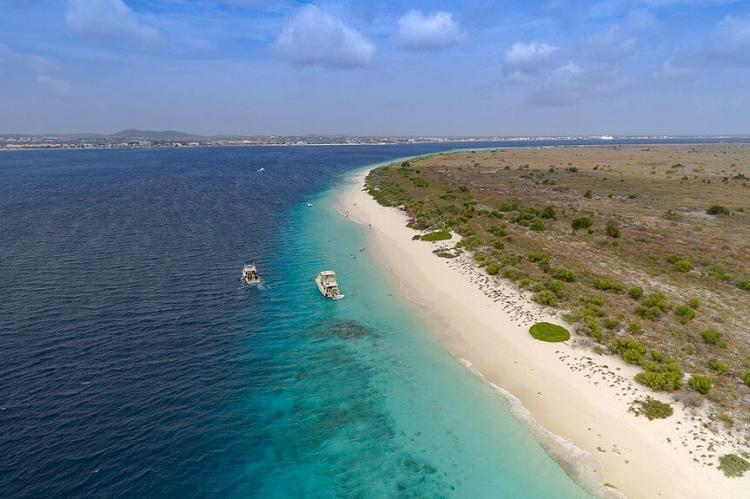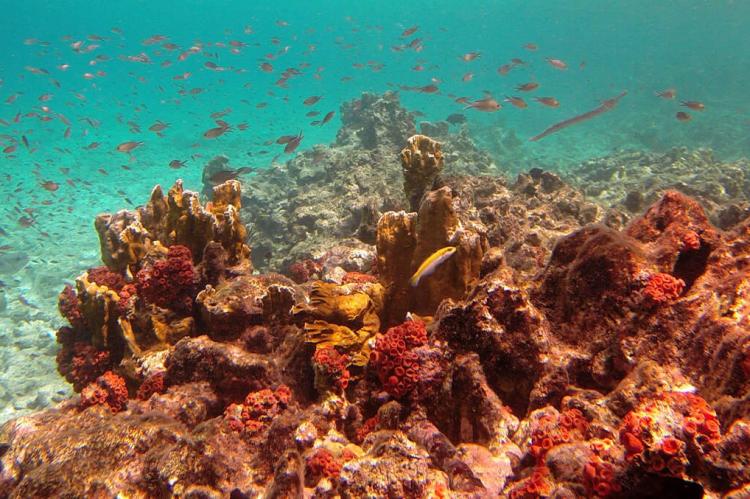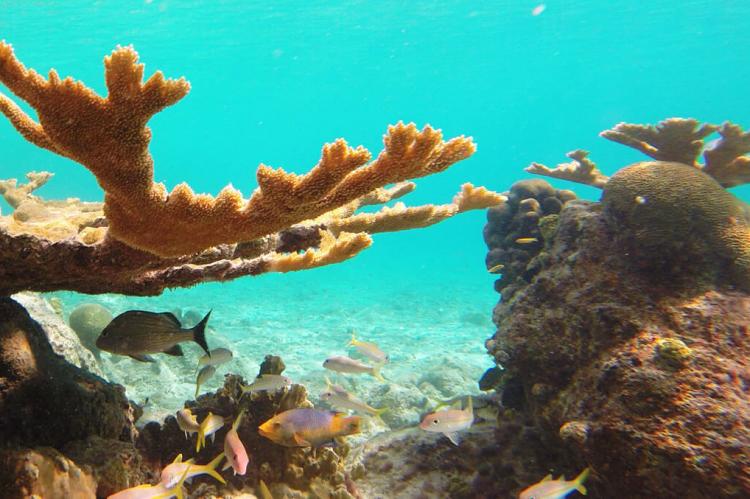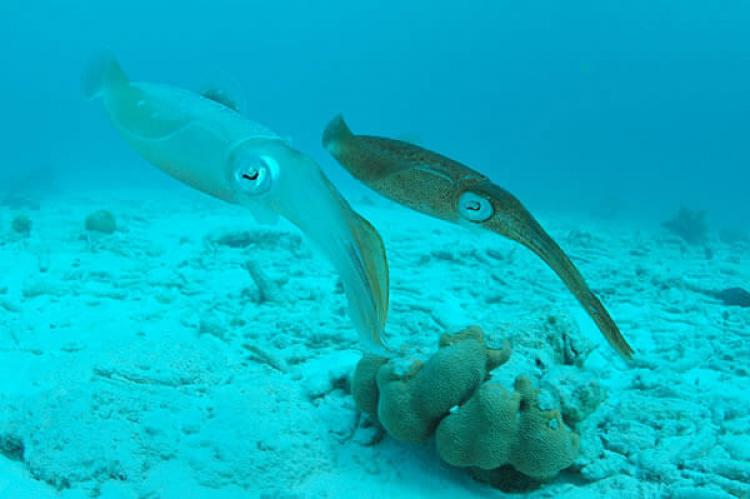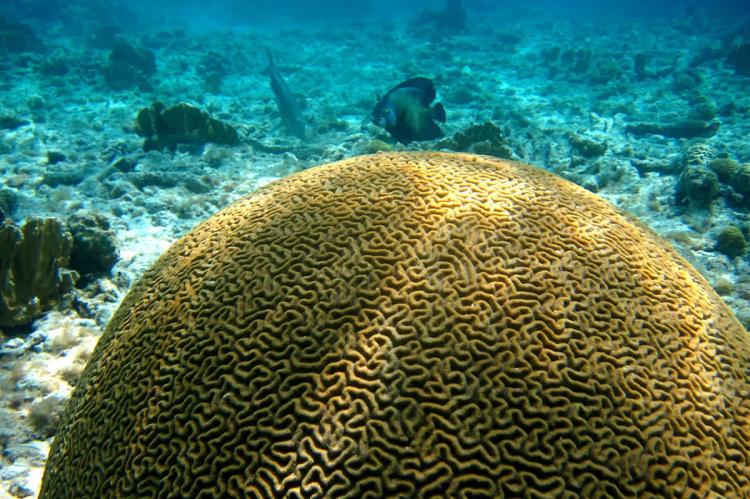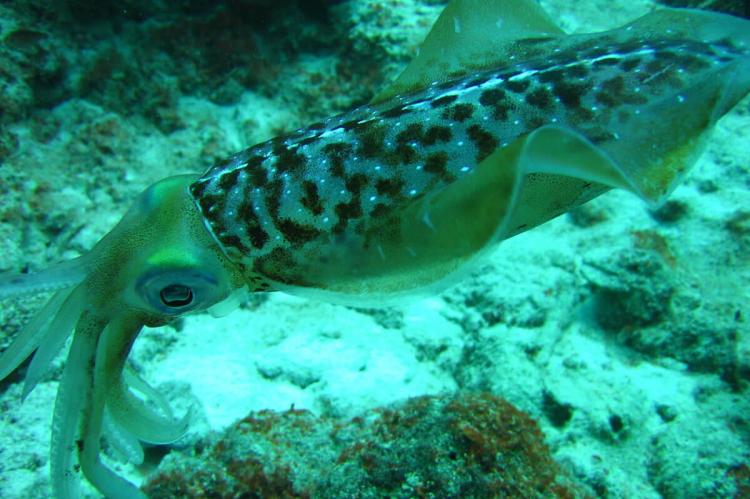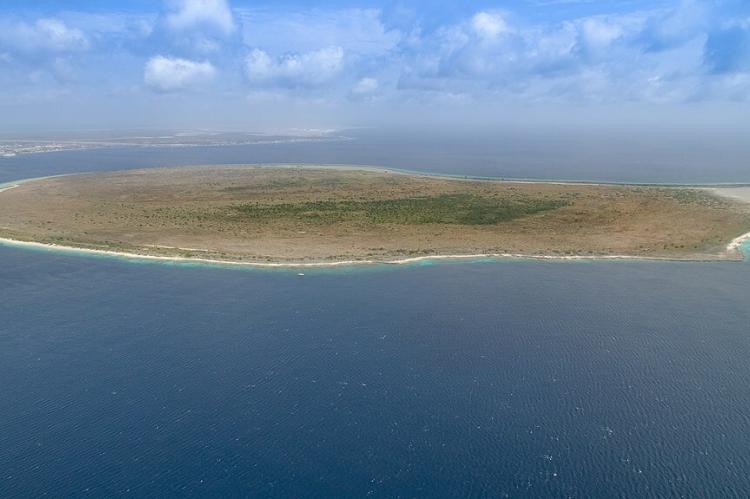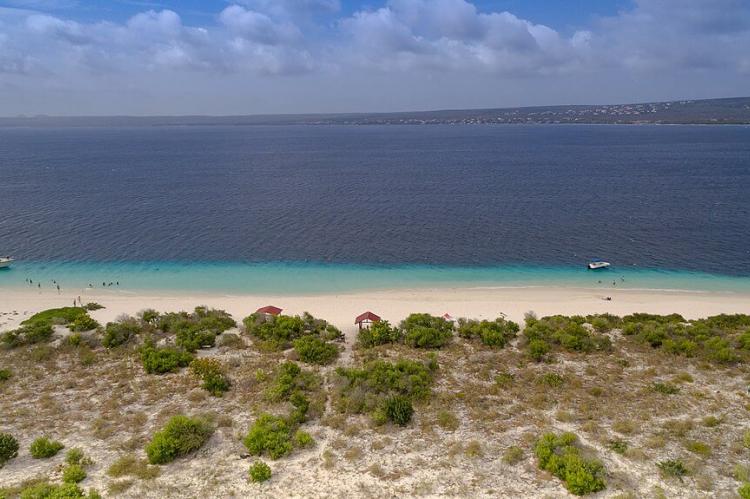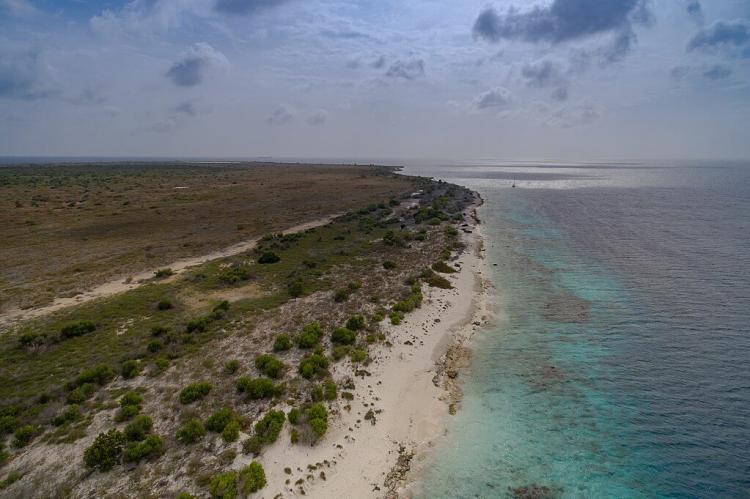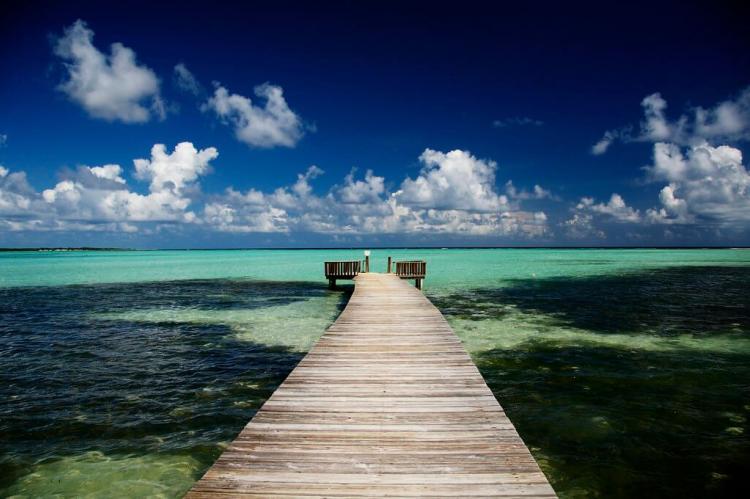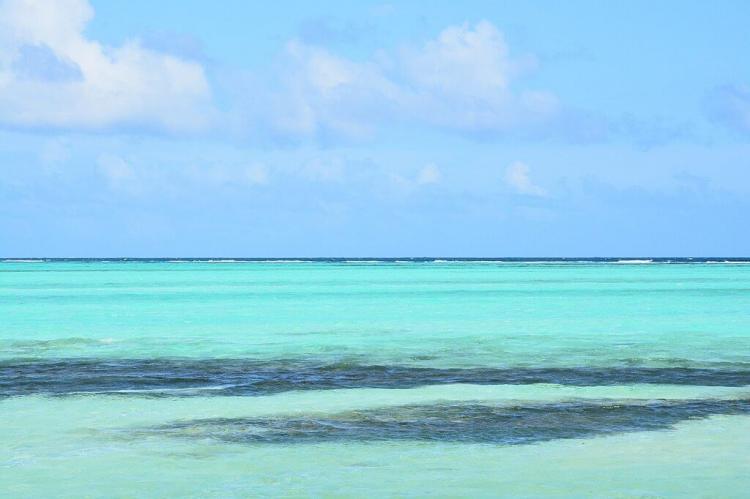Lac Bay, Klein Bonaire, and Bonaire National Marine Park: Treasures of Bonaire's Natural Heritage
Bonaire is an island in the Caribbean Sea known for its ecological wonders, which contribute to biodiversity and conservation efforts. These wonders include Lac Bay, Klein Bonaire, and the Bonaire National Marine Park, which are testaments to the island's commitment to preserving its natural heritage.
Lac Bay, Klein Bonaire, and Bonaire National Marine Park: Treasures of Bonaire's Natural Heritage
Nestled within the azure embrace of the Caribbean Sea lies a trio of ecological wonders, each contributing to the rich tapestry of biodiversity and conservation efforts in Bonaire. Lac Bay, Klein Bonaire, and the Bonaire National Marine Park are testaments to the island's commitment to preserving its natural heritage while providing invaluable ecosystem services and recreational opportunities.
Lac Bay: Bonaire's Oasis of Biodiversity
Located on the southeastern shore of Bonaire, Lac Bay is the largest inland bay in the Dutch Caribbean, covering over 2,000 hectares (4,900 acres). This sheltered lagoon is home to a diverse range of marine and avian species, making it a sanctuary of life and diversity. The bay's ecosystem is delicately balanced, creating a rich tapestry of biodiversity.
Half of Lac Bay is adorned with open waters, while the other half hosts a labyrinth of islands cloaked in mangroves, forming shallow, muddy basins. Within this intricate network, thriving seagrass beds and mangrove forests play vital roles as nursery habitats and foraging grounds for a plethora of marine life.
The mangroves that fringe Lac Bay serve as crucial nursery habitats, providing shelter and sustenance for countless reef fish species. These mangrove nurseries are essential for the globally endangered Green Turtles during their vulnerable juvenile stage, offering sanctuary as they navigate their early years. Moreover, the bay's seagrass beds provide further support to marine life, acting as vital nurseries for reef fish and foraging grounds for endangered Queen Conch, contributing to the overall ecological richness of the area.
The significance of Lac Bay extends beyond its azure waters, as it serves as a vital refuge for numerous bird species, both resident and migratory. From the majestic Magnificent Frigatebird, soaring effortlessly overhead, to the elegant herons and gulls that grace its shores, Lac Bay teems with avian diversity. Seven species of herons, including the Reddish Egret with its striking plumage and the stately Great Blue Heron, find solace amidst the tranquility of its waters. The bay's shores reverberate with the calls and wingbeats of these feathered inhabitants, creating a symphony of avian life against the backdrop of the Caribbean landscape.
This ecological gem is a Ramsar site of global importance, recognized as a wetland of international significance. Designated to protect the delicate balance of ecosystems within its bounds, Lac Bay serves as a beacon of conservation, highlighting the importance of safeguarding natural habitats for future generations. Its inclusion within the Bonaire National Marine Park underscores its exceptional value, warranting special protection to preserve its unique biodiversity and ecological integrity.
Lac Bay stands as a testament to the harmonious coexistence of diverse ecosystems, offering a glimpse into the intricate interconnectedness of life within its serene embrace. Lac Bay invites exploration and appreciation of the wonders of nature in the heart of the Dutch Caribbean, from the vibrant marine life thriving beneath its surface to the myriad bird species gracing its shores.
Klein Bonaire: A Haven of Pristine Nature
Nestled just 750 meters (2,500 feet) off the central west coast of Bonaire, Klein Bonaire emerges as a jewel of natural splendor in the Caribbean Sea. Despite its modest size, spanning approximately 600 hectares, this coral-limestone island harbors a rich tapestry of terrestrial and marine ecosystems, captivating visitors with its unspoiled beauty and ecological significance.
As the sun casts its golden hues upon the island's sandy beaches, Klein Bonaire beckons sea and land-dwelling creatures alike. The coastline, fringed with fringing reefs teeming with vibrant marine life, serves as a sanctuary for an astonishing diversity of underwater flora and fauna. Coral gardens dance with colorful fish while sea turtles gracefully glide through the azure waters, finding refuge amidst the labyrinth of reef formations.
Above the waterline, Klein Bonaire's terrestrial landscape unfolds in a mosaic of habitats, from sparse shrubland to saline ponds and freshwater springs. Following the successful eradication of invasive goats in the 1980s, the island's vegetation has rebounded, showcasing the resilience of natural ecosystems. Amidst the arid terrain, rare plant species like the West Indian Satinwood find shelter, echoing the island's ecological importance.
Klein Bonaire's significance extends beyond its terrestrial realms, as its sandy shores serve as vital nesting grounds for endangered sea turtles. Here, under cover of night, the critically endangered Hawksbill and the endangered Loggerhead return year after year to lay their precious eggs, perpetuating their species amidst the tranquility of this uninhabited sanctuary.
Recognized as an Important Bird Area by Birdlife International, Klein Bonaire further underscores its ecological importance as a stopover point for countless migratory birds. Against the backdrop of the Caribbean sky, terns wheel and dive, they find respite on the island's shores during their long journeys. Notably, the regionally significant breeding grounds for Least Terns stand as a testament to the island's role in supporting avian biodiversity. Moreover, Klein Bonaire provides habitat for restricted-range species like the Caribbean Elaenia and biome species such as the Bare-eyed Pigeon, adding to its allure as a hotspot of biological diversity.
Uninhabited yet frequented by visitors seeking solace in nature's embrace, Klein Bonaire and its surrounding reefs are safeguarded within the Bonaire National Marine Park. As a designated wetland of international importance, this pristine island stands as a beacon of conservation, reminding us of the delicate balance between human activity and preserving precious ecosystems within the Caribbean Sea. In essence, Klein Bonaire invites exploration and appreciation, offering a glimpse into a world where natural beauty thrives undisturbed, captivating hearts and minds with its timeless allure.
Bonaire National Marine Park: A Beacon of Conservation
Established in 1979, the Bonaire National Marine Park is a conservation beacon for Bonaire and the global community. As the oldest marine reserve in the world, its legacy of environmental protection and sustainable management is unparalleled. Encompassing the pristine waters surrounding Bonaire and Klein Bonaire, the park's boundaries extend from the high-tide mark to depths of 60 meters (200 feet), creating a comprehensive sanctuary for marine life. This area is about 2,700 ha (6,672 acres), including the coral reef, seagrass, and mangroves.
At the heart of the marine park lies Bonaire's fringing coral reefs, renowned for their exceptional biodiversity. These reefs are home to a staggering array of aquatic organisms, including virtually every hard and soft coral species in the Caribbean Sea. The corals' vibrant colors and intricate structures provide habitat and sustenance for an abundance of fish species, numbering over 340. From colorful reef fish to elusive marine species, the waters of Bonaire National Marine Park teem with life, making it one of the most biodiverse marine environments in the region.
Central to the park's success is its sustainable management model, overseen by the Bonaire National Parks Foundation (STINAPA), a non-governmental, nonprofit foundation commissioned by the island government to manage the two protected areas of Bonaire: the Bonaire National Marine Park and the Washington Slagbaai National Park.
Unlike many marine reserves that rely on government funding, the park operates on a self-sustaining basis, generating revenue from entrance fees primarily paid by divers. This innovative approach ensures that the park's conservation efforts are financially viable in the long term, facilitating the continued preservation of Bonaire's marine treasures while also providing recreational opportunities for visitors.
The inclusion of Klein Bonaire within the marine park further enhances its conservation efforts, extending protection to critical habitats for marine and avian life. From the submerged mangroves of Lac Bay to the vibrant reefs encircling Klein Bonaire, the park serves as a multi-faceted sanctuary for biodiversity. The park preserves Bonaire's natural heritage by safeguarding these diverse ecosystems and contributes to global conservation efforts.
In conclusion, Lac Bay, Klein Bonaire, and the Bonaire National Marine Park are cornerstones of Bonaire's natural heritage, embodying the island's dedication to conservation and sustainable management. From the intricate mangrove ecosystems to the vibrant coral reefs, these sites offer a glimpse into the wonders of the Caribbean's marine and terrestrial realms, underscoring the importance of preserving our planet's precious biodiversity for future generations.
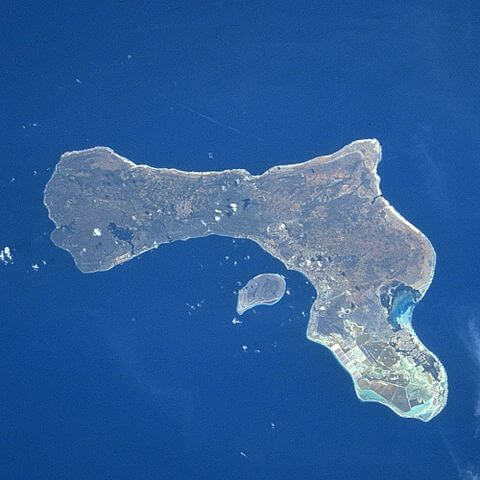
Satellite image of Bonaire and Klein Bonaire.
